Accelerating the completion of the legal corridor for digital transformation and AI
On October 31, in Hanoi, the Ministry of Science and Technology held a regular October press conference chaired by Deputy Minister Bui Hoang Phuong.
According to Deputy Minister Phuong, in October, the science and technology sector continued to affirm its role as one of the key driving forces of economic growth, making an important contribution to the national digital transformation process and sustainable development.
The Ministry of Science and Technology has submitted to the Government and the Prime Minister 1 Resolution, 7 Decrees, and 7 important Decisions, covering most of the key areas of the industry.
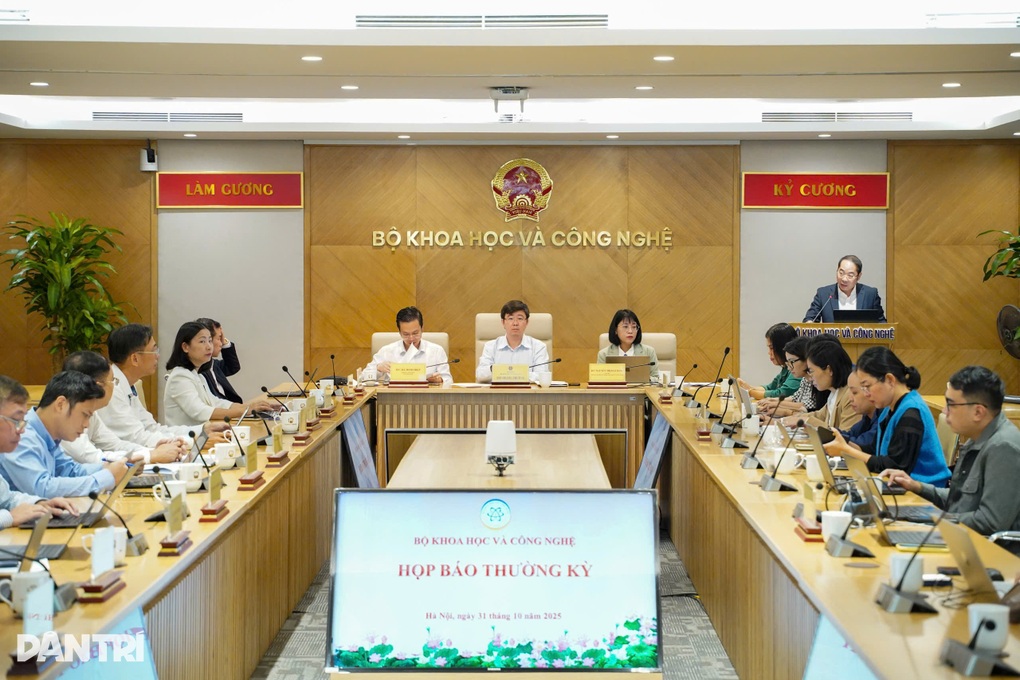
On October 31, in Hanoi, the Ministry of Science and Technology held a regular October press conference (Photo: Minh Nhat).
Notably, Resolution No. 307/NQ-CP dated October 6 officially added the Artificial Intelligence Law project to the agenda of the 10th Session of the 15th National Assembly, marking an important step forward in building a legal corridor for this field.
In October, 7 Decrees were issued, focusing on providing detailed instructions on the contents of the Law on Science, Technology and Innovation, from autonomy mechanisms, finance, venture capital funds, human resources, scientific awards, to science and technology task programs and innovative startup ecosystems.
In particular, Decree No. 271/2025/ND-CP regulates the establishment and capital contribution of enterprises to commercialize scientific and technological research results in Hanoi, opening up a new mechanism to bring scientific knowledge into production practice.

Deputy Minister Bui Hoang Phuong speaks at the event (Photo: Minh Nhat).
Deputy Minister Bui Hoang Phuong said that, unlike the previous phase, the implementation of Resolution 57 this time has been assigned tasks with clear resources. Specifically, in 2025, the Government has added 25,000 billion VND to the Resolution implementation program; of which, ministries, branches and localities have registered more than 16,000 billion VND for specific projects.
In particular, an "open" mechanism is also applied: if localities and ministries encounter difficulties in implementation, they can propose support from the central government.
In addition, large Vietnamese technology corporations such as Viettel, VNPT, and FPT are also accompanying, providing technical platforms and technology solutions, ensuring synchronous implementation progress from the central to the grassroots levels.
Promoting Vietnamese enterprises to master core technology
Another notable point is Decree 264 on financial investment and venture capital funds. This new mechanism allows mobilizing private capital for high-risk but high-potential research and development projects, instead of relying solely on the State budget as before.
This is considered a breakthrough to promote innovation under the public-private partnership model, encouraging businesses to boldly invest in new technology.
Deputy Minister Bui Hoang Phuong said that the current policy is to assign domestic enterprises to implement the "big problems" of the State, thereby helping enterprises improve their autonomy and creating output for "Make in Vietnam" technology products and services.
In the coming time, the Ministry of Science and Technology will continue to complete detailed guidelines, especially the "sandbox" mechanism - controlled testing in the industrial and digital technology fields.
When the legal corridor is issued, businesses will have more favorable conditions to test, apply and replicate new technology models.
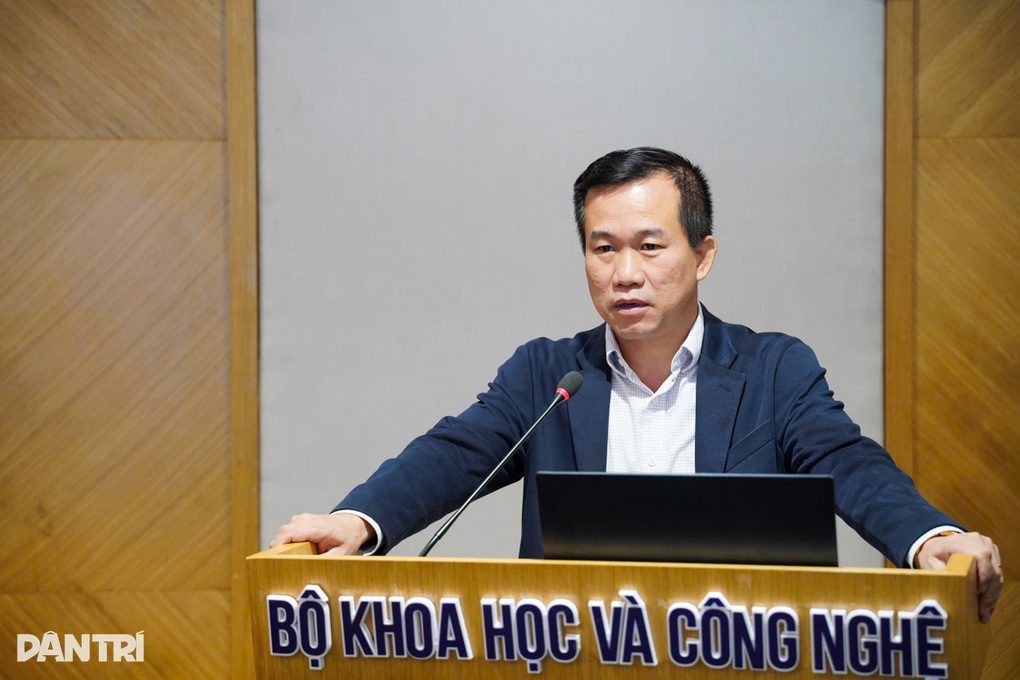
Mr. Chu Thuc Dat, Deputy Director of the Department of Innovation (Photo: Minh Nhat).
Along with institutional work, according to Deputy Minister Phuong, the Ministry of Science and Technology has synchronously deployed many professional activities and international cooperation.
The Ministry has issued the Data Strategy to 2030, the National Digital Architecture Framework and the Plan for developing telecommunications and digital infrastructure to serve the Vietnam International Financial Center.
These are strategic directions to help build a unified data platform, promote digital infrastructure development and support e-government operations.
Source: https://dantri.com.vn/khoa-hoc/buoc-tien-quan-trong-cho-hanh-lang-phap-ly-ai-20251031162522919.htm










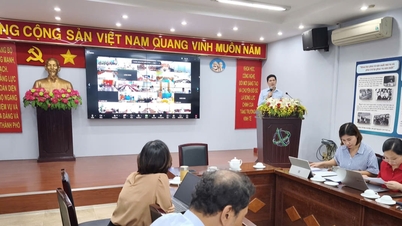

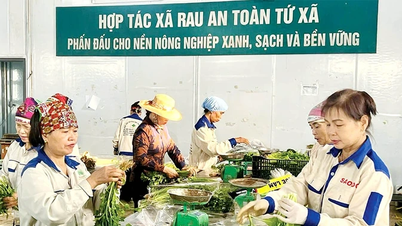

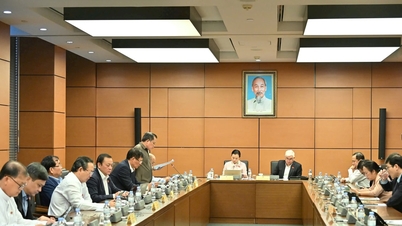

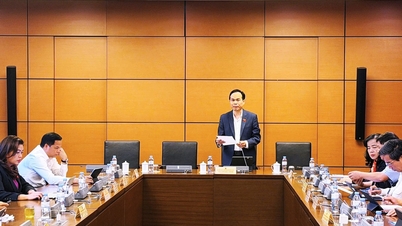














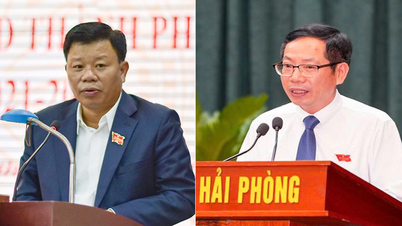

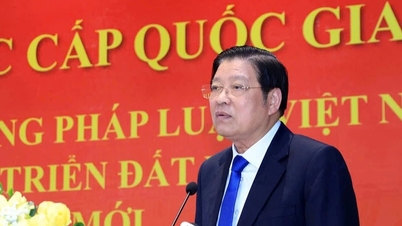














































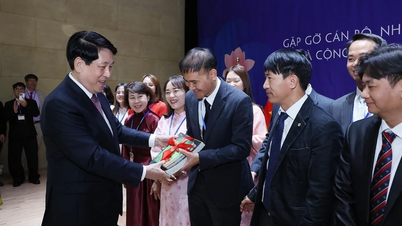

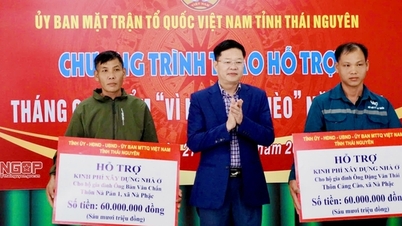

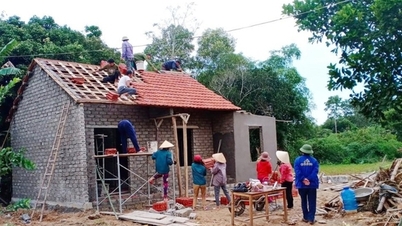


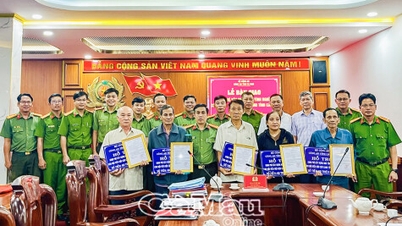

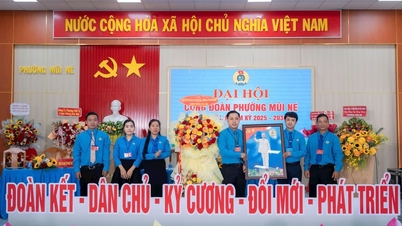

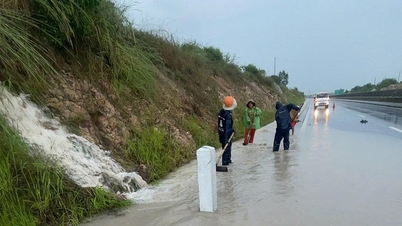
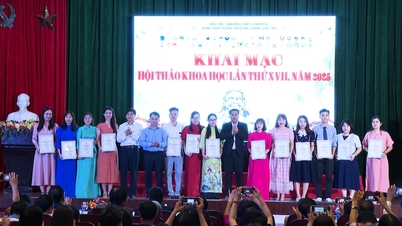


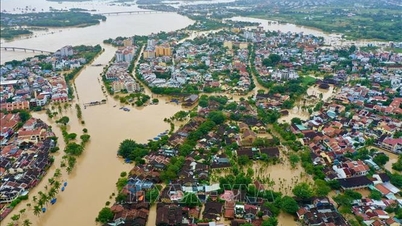
















Comment (0)